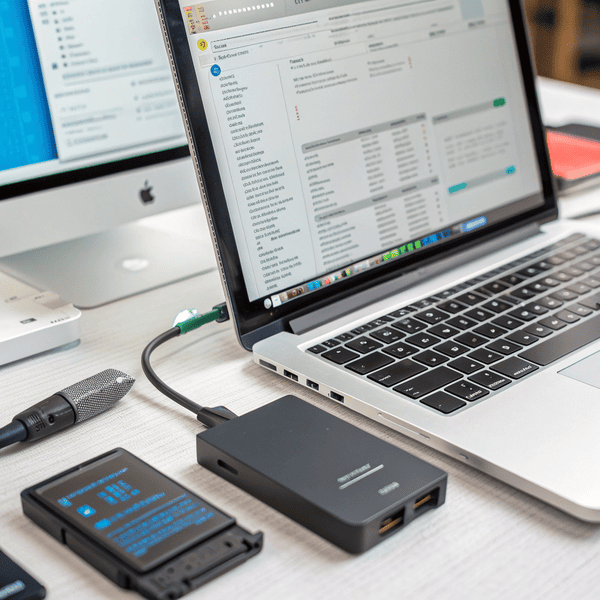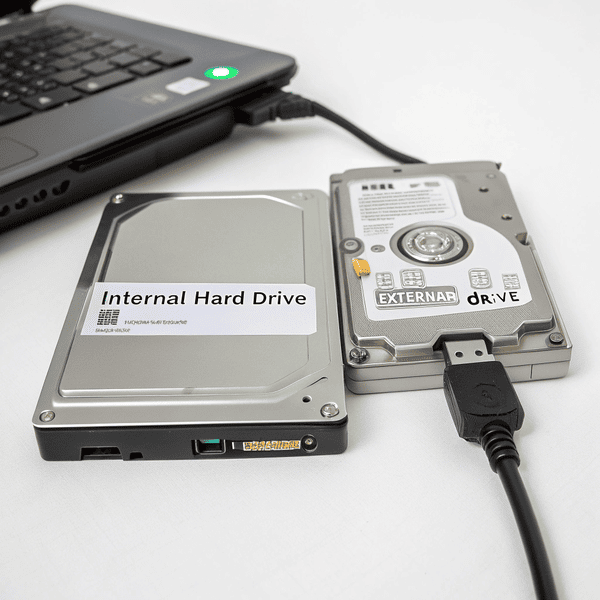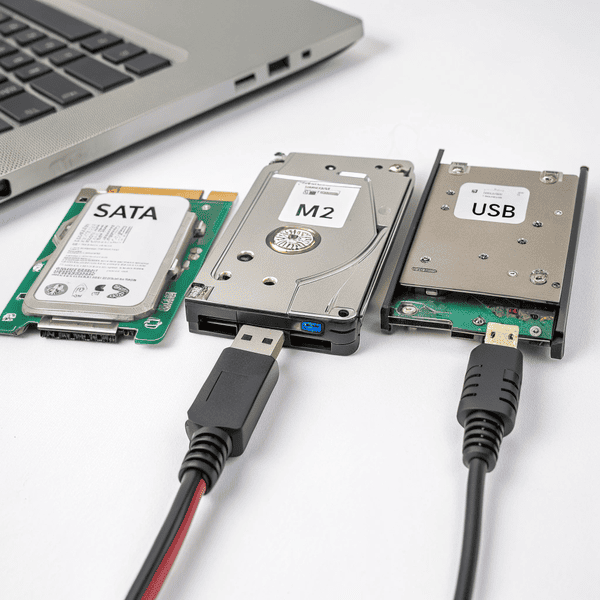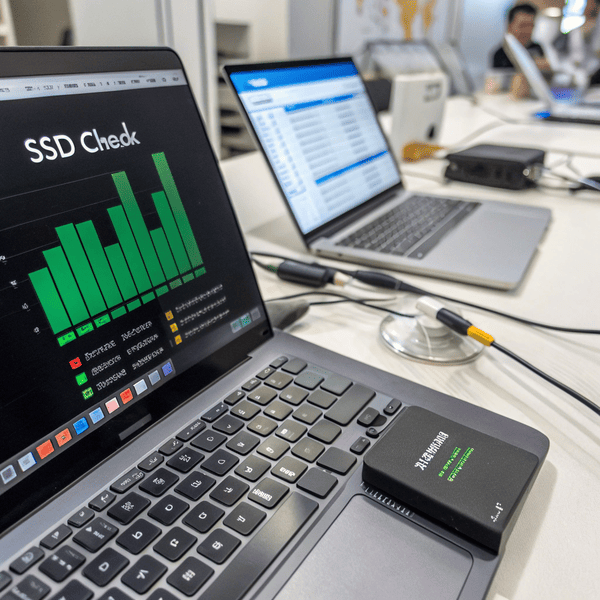I once struggled to reuse my old SSDs, feeling frustrated watching good hardware sit idle. Many readers may worry about wasted resources. Almost anyone with a spare SSD faces this problem.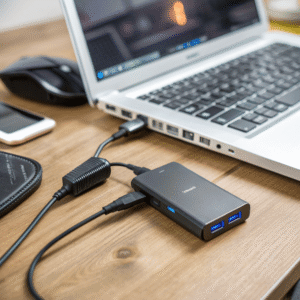
You can use an internal SSD as an external SSD by connecting it to your computer with a compatible SSD enclosure and USB cable. Make sure to format it for your system for optimal performance.
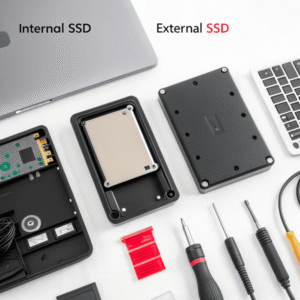
Some may not know how simple it is to make use of old SSDs. With a few steps, anyone can unlock extra storage with minimal cost. Let’s explore how you can easily turn that unused SSD into a handy external drive.
How to use internal SSD as external SSD?
Many readers face anxiety seeing their unused SSDs pile up. I remember feeling uncertain about how best to use a leftover drive.
You just need an SSD enclosure, appropriate connectors, and basic formatting skills to convert an internal SSD into an external one.

Let’s break down the practical steps. First, find out your SSD's type—SATA or NVMe. SATA SSDs need a SATA-to-USB adapter or enclosure, while NVMe SSDs use M.2 NVMe enclosures. Insert your SSD into the enclosure, making sure it is seated properly. Connect the enclosure to your PC with the enclosed cable, usually USB-C or USB-A. Most enclosures are plug-and-play, but some may need drivers or firmware updates. Once the SSD is connected and detected, you may have to initialize or format the drive, depending on whether it has been used before. Here’s a quick reference table to help choose what you need:
| SSD Type | Enclosure Needed | Typical Cable | Basic Steps |
|---|---|---|---|
| SATA | SATA-to-USB enclosure | USB-A/C | Insert, connect, format |
| NVMe (M.2) | M.2 NVMe enclosure | USB-C | Insert, connect, format |
Having gone through these steps myself, I can say it’s much easier than most expect. The whole setup usually takes less than ten minutes.
Can we use SSD as an external hard drive?
I remember clients doubting SSD reliability for external use. Many fear I remember clients doubting SSD reliability[^1] for external use. Many fear data loss or compatibility problems.
[^1]: Understanding SSD reliability can help alleviate concerns about data loss and compatibility, ensuring informed decisions.
or compatibility problems.
Yes, an SSD can be used as an external hard drive. SSDs often offer faster speeds and better durability than traditional hard drives.
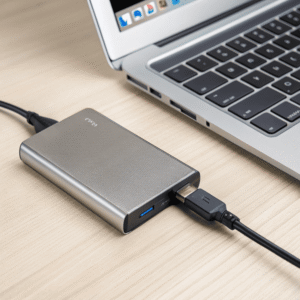
Let’s compare SSDs and regular hard drives. SSDs do not have moving parts, which means greater resistance to drops and shocks. They’re faster at reading and writing data, making them ideal for transfers and backups. SSDs can be used for bootable drives, gaming, and working with large files, which I’ve done many times in mold design projects. However, some older systems may not recognize SSDs, requiring a few tweaks. Compatibility mostly depends on the enclosure and file format used. Here’s a basic chart to show the key differences:
| Feature | External SSD | External HDD |
|---|---|---|
| Durability | High, no moving parts | Lower, moving parts |
| Speed | Fast | Slow |
| Compatibility | USB, Thunderbolt | Mostly USB |
| Size | Small, lightweight | Bulkier |
So, SSDs shine when speed, portability, and reliability matter. I switched my project backups to SSDs for these reasons.
How to format an SSD to use as an external drive?
Formatting can feel daunting. I used to worry about data loss or doing it wrong, especially when prepping drives for clients.
To format an SSD as an external drive, connect it to your computer, open disk management tools, select the SSD, and choose your desired file system (ex: NTFS, exFAT).
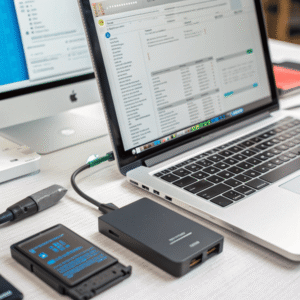
The process is straightforward. First, plug in the SSD via its enclosure. For Windows, open Disk Management (right-click ‘This PC’ > ‘Manage’ > ‘Disk Management’). Find your SSD, right-click, and choose ‘Format.’ Select the file system—NTFS for Windows users or exFAT for cross-platform needs. For Macs, use The process is straightforward. First, plug in the SSD via its enclosure. For Windows, open Disk Management[^1] (right-click ‘This PC’ > ‘Manage’ > ‘Disk Management[^1]’). Find your SSD, right-click, and choose ‘Format.’ Select the file system—NTFS for Windows users or exFAT for cross-platform needs. For Macs, use Disk Utility and pick APFS or exFAT
[^1]: Understanding Disk Management is crucial for effectively managing your drives and partitions in Windows.
and pick APFS or exFAT. I always double-check if important files were backed up before formatting, since all data is erased. Sometimes, you may need to initialize the disk if it’s brand new. Allocation unit size can stay default, unless you have specific requirements for video or large file storage. Here’s a basic structure for formatting:
| Step | Windows | Mac |
|---|---|---|
| Open tool | Disk Mgmt | Disk Utility |
| Select SSD | Yes | Yes |
| Choose File System | NTFS/exFAT | APFS/exFAT |
| Format | Yes | Yes |
| Ready to use | Yes | Yes |
Following these steps ensures your SSD is ready for use as an external drive, whether for backup, file transfers, or project storage. I’ve formatted dozens of drives and it always pays to work slowly and check each click.
Conclusion
Anyone can easily convert and use an internal SSD as an external drive with the right adapter and proper formatting.

